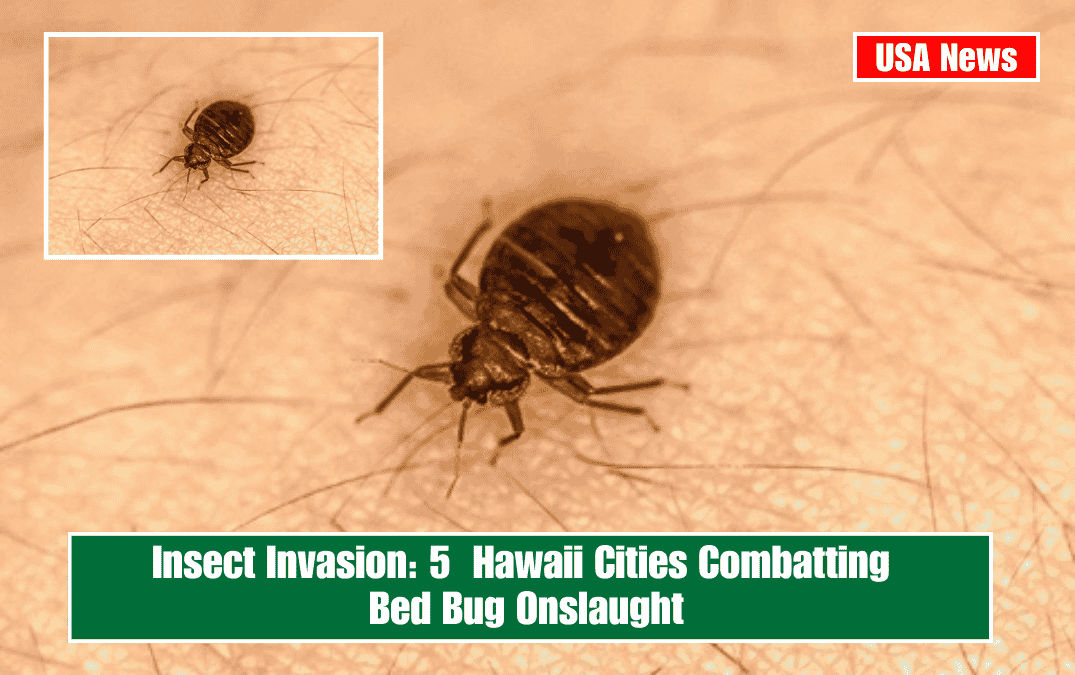If you’ve heard about the new $1,450 SSI monthly payment, you might be wondering—who is eligible, and how can I get it? Whether you’re applying for yourself or helping someone else, it’s important to understand the rules so you don’t miss out.
In this guide, we’ll explain what Supplemental Security Income (SSI) is, how the maximum 2025 benefit works, and what steps you should take to apply or continue receiving payments.
What Is Supplemental Security Income (SSI)?
Supplemental Security Income (SSI) is a federal financial assistance program for people who are elderly, blind, or disabled, and have low income and limited resources. It’s run by the Social Security Administration (SSA), but it’s different from Social Security retirement or disability benefits.
SSI provides monthly payments to help cover basic living expenses like food, clothing, and shelter.
In 2025, the maximum SSI amount is:
- $967/month for individuals
- $1,450/month for eligible couples
- $484/month for essential persons
Who Can Get the $1,450 Monthly SSI Payment?
To receive the full $1,450 per month, both members of a couple must qualify. Here’s what you need to meet:
1. Age or Disability
You must be:
- 65 years or older, OR
- Legally blind, OR
- Disabled (a condition expected to last at least 12 months or result in death and stops you from working)
2. Low Income
Your income must be under certain limits. This includes:
- Wages
- Pensions
- Social Security benefits
- Gifts or support
Some income is not counted, like the first $20 of most income and $65 of earned income.
3. Limited Resources
You can’t have too much money or property. The limits are:
- $2,000 for individuals
- $3,000 for couples
Exempt items include:
- Your home
- One vehicle
- Household items
- Limited burial funds
4. U.S. Residency and Citizenship
You must:
- Be a U.S. citizen or meet immigration rules
- Live in the U.S., D.C., or Northern Mariana Islands
- Not leave the country for more than 30 days in a row
How the $1,450 SSI Payment Works
The $1,450 monthly payment is the maximum federal benefit for eligible couples in 2025. Individual recipients can receive up to $967.
| Household Type | Monthly SSI Benefit (2025) |
|---|---|
| Individual | $967 |
| Couple (both eligible) | $1,450 |
| Essential Person | $484 |
Note: Some states add extra money, called state supplements, which may increase your total payment.
What Can Lower Your SSI Amount?
Even if you’re eligible, you may not receive the full amount. Here’s why:
Countable Income
The SSA reduces your SSI based on countable income.
Example: If you earn $200, your SSI might drop by about $85.
Living Situation
- If someone helps you pay for food or rent, the SSA may reduce your payment.
- Living in a medical facility can also lower the benefit.
State Rules
Some states provide extra support. Others don’t. Check with your local SSA office or Medicaid office.
How to Apply for SSI
Step 1: Collect Documents
- Proof of age, identity, and citizenship
- Medical records (for disability)
- Income and bank statements
Step 2: Apply
You can apply:
- Online: ssa.gov/ssi
- By Phone: 1-800-772-1213
- In Person: Visit your local SSA office
Step 3: Attend an Interview
SSA may schedule a phone or in-person meeting.
Step 4: Wait for a Decision
This can take a few weeks to a few months. If approved, payments may be retroactive to your application date.
Already Getting SSI?
Good news—you don’t need to reapply for the 2025 increase. The SSA adjusts your payment automatically each year based on:
- Cost-of-Living Adjustments (COLA)
- Income or living situation changes
Just make sure you report any changes (like moving, getting married, or new income) to avoid overpayments or suspensions.
The $1,450 SSI payment in 2025 is real—but not everyone qualifies. To get the full amount, both spouses must meet the SSI rules for age, disability, income, and resources.
Whether you’re planning to apply or already receiving SSI, it’s essential to stay informed, keep your records updated, and follow SSA guidelines to avoid any disruption in your benefits.
SSI is a lifeline for millions. Knowing how to get the most from it can make a big difference in your life or for someone you care for.













